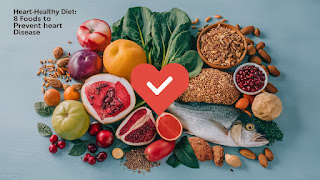About Acne, its Types & Symptoms
About Acne, its Types & Symptoms
Acne, a persistent skin condition, originates from hair follicles and sebaceous glands, often manifesting as blackheads, pimples, cysts, and occasionally, scarring. It commonly emerges during puberty and tends to worsen for individuals with oily skin, significantly impacting teenage boys and occasionally affecting middle-aged women with milder forms.
Types of Acne:
Acne typically begins as a comedo—a clogged hair follicle holding oil and bacteria beneath the skin’s surface. This can evolve into inflammatory or non-inflammatory forms based on individual body conditions.
Non-inflammatory Acne:
Closed Comedo (Whitehead):
A follicle plugged under the skin’s surface is seen as a small, whitish bump.
Open Comedo (Blackhead):
A plug enlarges and surfaces, appearing dark due to melanin buildup, not dirt.
Inflammatory Acne:
Papule:
Small, firm pink bumps signalling an intermediary step between non-inflammatory and fully inflammatory lesions.
Pustule:
Small, inflamed round lesions containing visible pus, red at the base with a whitish centre.
Cyst:
Large, painful, pus-filled lesions, often leaving deep scars.
Additionally, Acne conlobata, a severe form, manifests as extensive inflammatory acne primarily on the back, buttocks, and chest.
Symptoms:
Acne symptoms involve persistent red spots or swellings known as pimples, filled with pus, mainly appearing on the face, chest, shoulders, neck, or upper back. Other symptoms include blackheads, whiteheads, red swellings filled with pus (pustules), and fluid-filled lumps under the skin (cysts), which can grow notably large.
Acne’s development is usually linked to hereditary and hormonal factors rather than diet or hygiene.
Understanding these various types and symptoms helps in identifying and managing acne effectively.

.png)




.jpg)